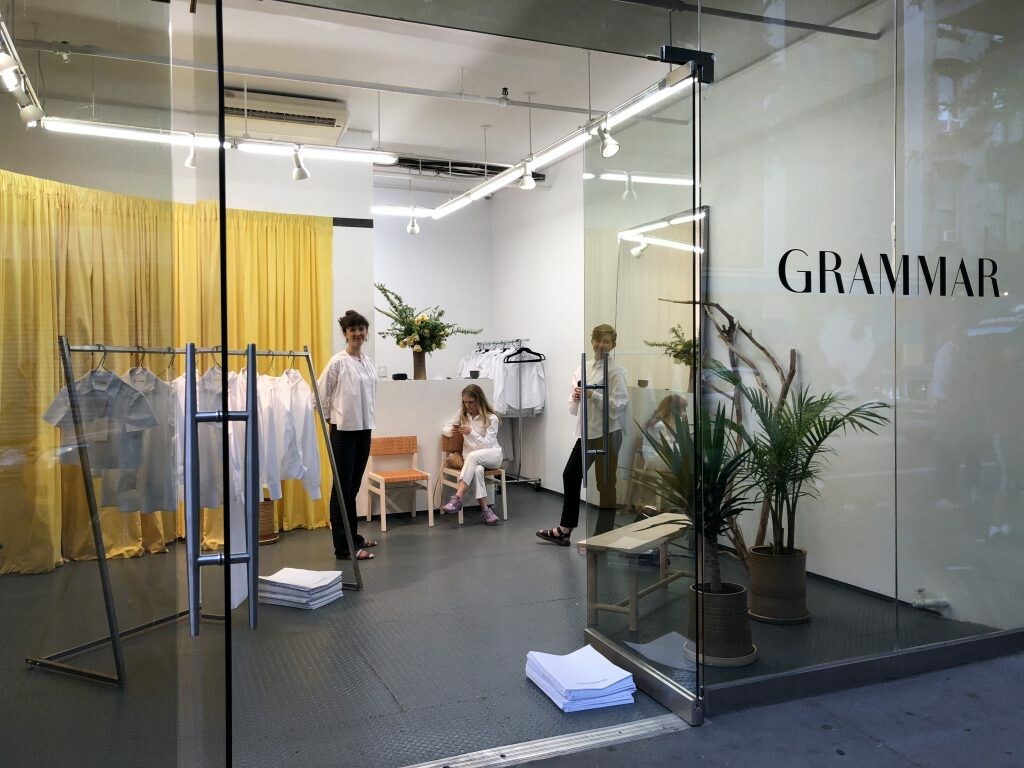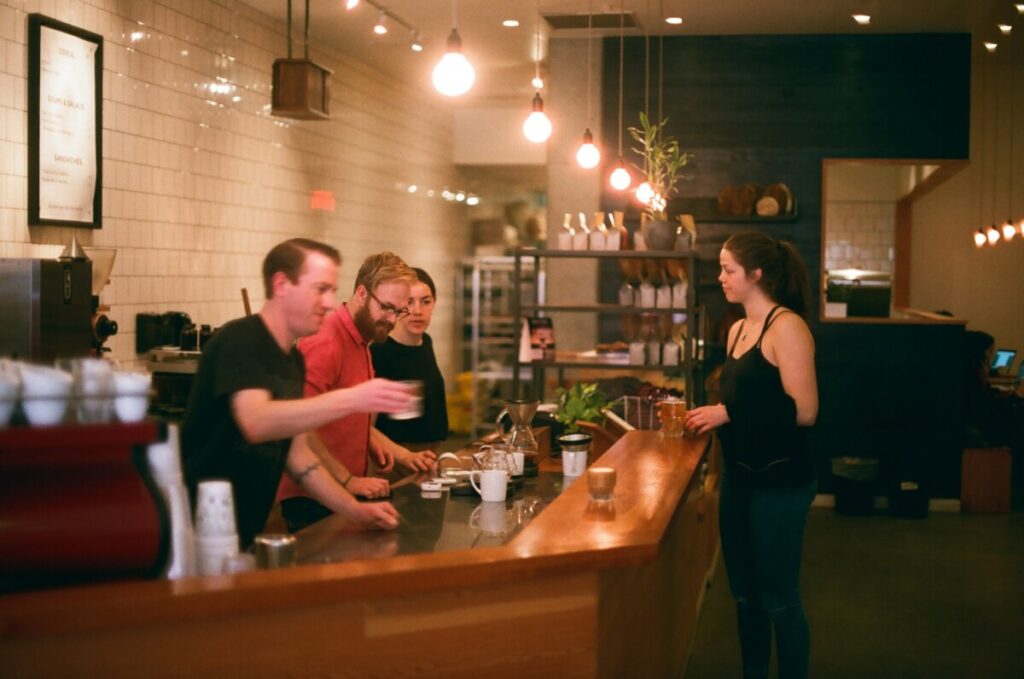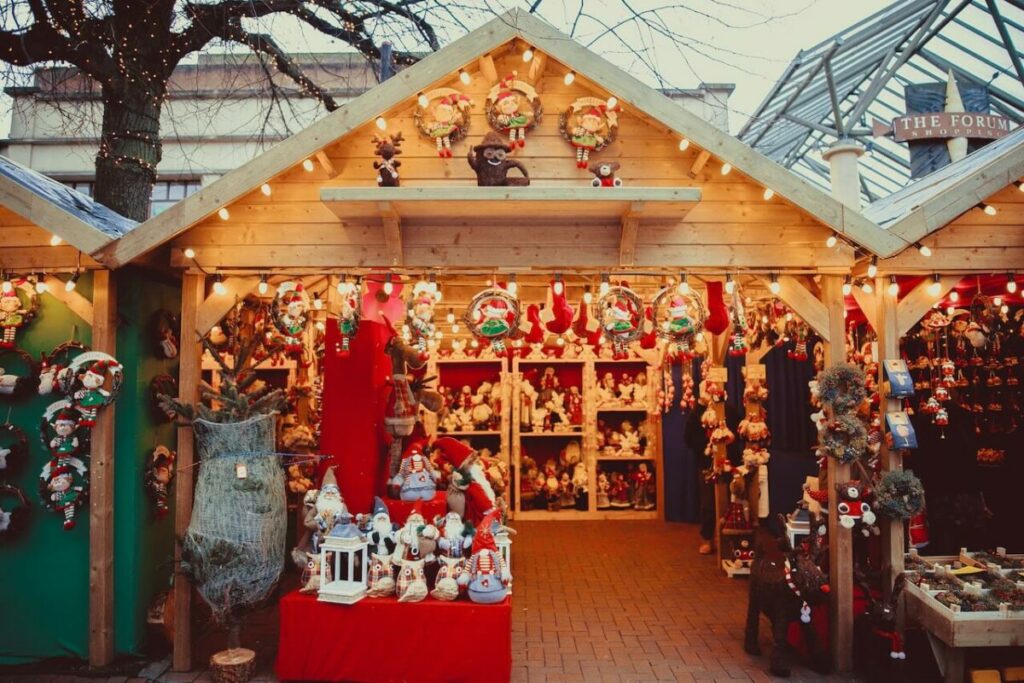
Pop-up stores, also known as temporary retail stores, offer a plethora of reasons and advantages for businesses to explore. Beyond raising brand awareness, these short-term ventures can yield a wealth of benefits that help businesses thrive. Discover how integrating pop-up shops into your strategy can lead to exciting growth without exceeding your budget.
1. Engaging Customers Both Online and Offline
1.1 Embrace a Multichannel Approach
Engaging customers across online and offline platforms is essential in today’s retail landscape. According to a 2017 Harvard Business Review study, multichannel sales help retain 73% of customers. Those interacting with brands on four or more channels tend to spend about 9% more. Melissa Gonzalez, founder of pop-up architecture firm The Lion’esque Group, highlights the need to cater to both in-store experience seekers and online convenience lovers.
1.2 Demonstrating Products and Sharing Stories
Pop-up stores enable online retailers to connect with customers through product demos and on-the-spot Q&A sessions. This in-person interaction benefits brands and provides immediate solutions for customer queries. Moreover, face-to-face connections allow brands to share their narratives, fostering brand loyalty through authenticity.
2. Cost-Effective Approach
2.1 Leveraging High Impact at Lower Costs
Pop-up shops offer a compelling offline retail strategy by striking a balance between high impact and cost efficiency. Opening short-term stores appeals to both established and emerging online brands due to the cost advantages they provide.
2.2 Factors Contributing to Cost Efficiency:
- Limited Square Footage: Smaller retail spaces translate to more reasonable rental costs.
- Short Rental Periods: Unlike traditional storefronts requiring extended leases, pop-ups typically span three days to six months, minimizing long-term rental expenditures.
- Minimal Storage Requirements: Temporary nature of pop-ups eliminates the need for on-site inventory storage.
- Reduced Overheads: Temporary retail translates to lower overhead costs, encompassing inventory, staff, rent, and utilities.
The current “renter’s market” has further made it advantageous for brands to secure retail spaces with attractive rates, amplifying the rise of temporary retail and its shorter leases.

3. Testing New Markets with Lower Risk
3.1 Exploring Fresh Markets
Pop-up stores offer an economical entry point for testing new markets with minimal financial commitment. Whether transitioning from online-only to offline sales or expanding to a new city, pop-ups present a low-risk way to establish a presence.
3.2 Building Brand Awareness and Trust
These temporary stores help create brand awareness before committing to a full-scale storefront. By engaging with the community and potential customers face-to-face, brands can establish a rapport, gaining trust before a full offline sales strategy.
4. Experimenting with New Products and Collections

4.1 Affordable Trial Runs
Pop-up stores offer an economical means to test out fresh products or collections. Brands can directly gather feedback from pop-up attendees, engaging in casual market research. Presenting new items alongside existing inventory and inviting customer opinions provide valuable insights. This strategy allows brands to fine-tune new offerings based on real-world response before a wider launch.
5. Boosting Revenue and Fueling Growth
5.1 Amplifying Earnings
Pop-up shops can substantially amplify revenue, often yielding 20-30% more income compared to traditional stores. The fleeting nature of these setups creates a sense of urgency, urging consumers to capitalize on limited-time deals.
5.2 Minimal Initial Investment
With modest startup costs, pop-up shops enable quick establishment, minimizing financial risk and expediting the setup process.
5.3 Adaptability and Brand Visibility
Pop-ups lend themselves to adaptable marketing tactics, heightening brand exposure and drawing in new patrons.
6. Amplifying Brand Visibility
There are a lot of different strategies you may use to promote your company. But one tactic that may be particularly successful is starting a pop-up store.
A temporary store that is simple and quick to set up is known as a pop-up shop. Additionally, because they are only there for a brief period of time, they can arouse excitement and urgency that can effectively grab people’s attention.
Additionally, pop-up stores are a fantastic opportunity to interact with and establish relationships with your target market. Your pop-up shop can be used to conduct events, distribute freebies, and interact with customers in a meaningful way.
And when done properly, a pop-up shop may be an effective tool for generating.
7. Harnessing Seasonal Pop-Ups for Customer Base Growth

You may be a small business owner seeking strategies to expand your clientele and expand your enterprise. Seasonal pop-ups are a fantastic method to accomplish this.
Seasonal pop-ups can be a fantastic way to expand your brand and draw in new clients. You may create a distinctive experience that will pull people in and foster consumer loyalty by utilising seasonal trends.
Here are some pointers for employing seasonal pop-ups to increase your clientele:
- Utilise trends: To provide your clients with a distinctive experience, take advantage of seasonal trends.
- Build consumer loyalty: By providing privileged offers and experiences through seasonal pop-ups.
- Stand out from the crowd: Use your seasonal pop-up to stand out from the competition and attract attention.
Conclusion
Pop-up retail not only enables brands to test novel concepts, products, and approaches, but it also generates immediate sales. This immersive approach forges a personal connection between brands and consumers, fostering loyalty through memorable experiences. By embracing pop-up stores, businesses can amplify their presence, increase revenue, and chart innovative pathways to triumph.
